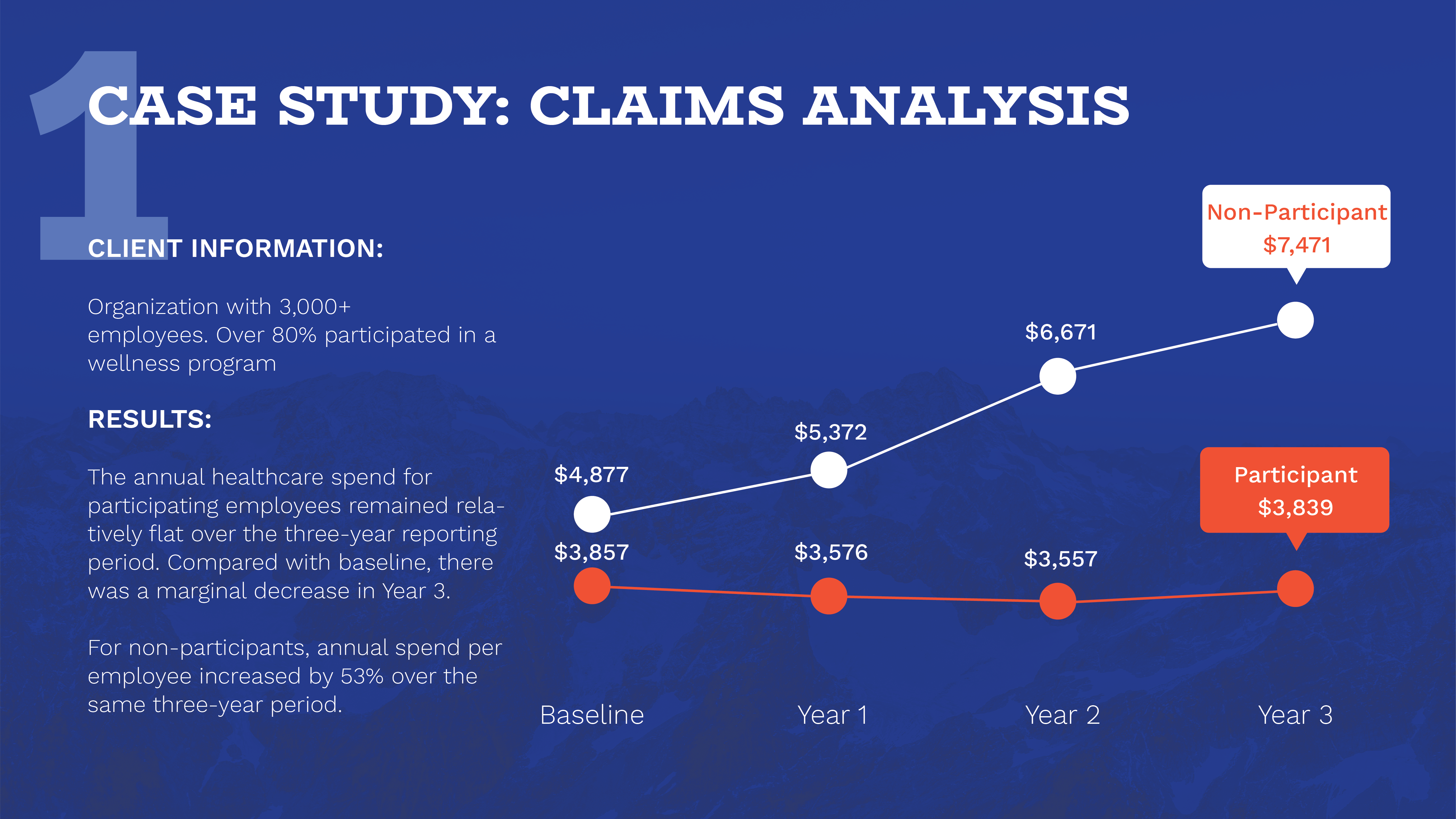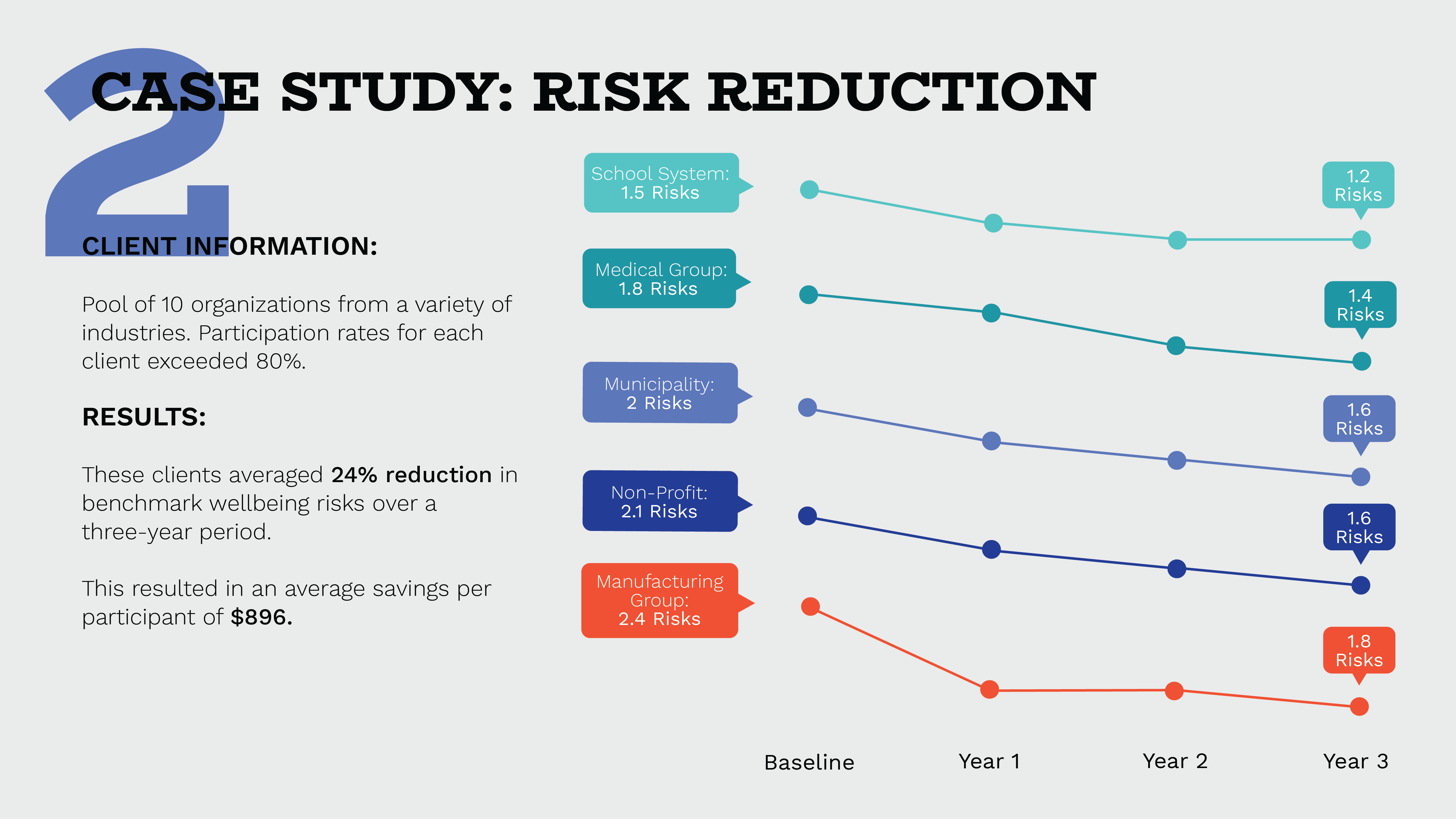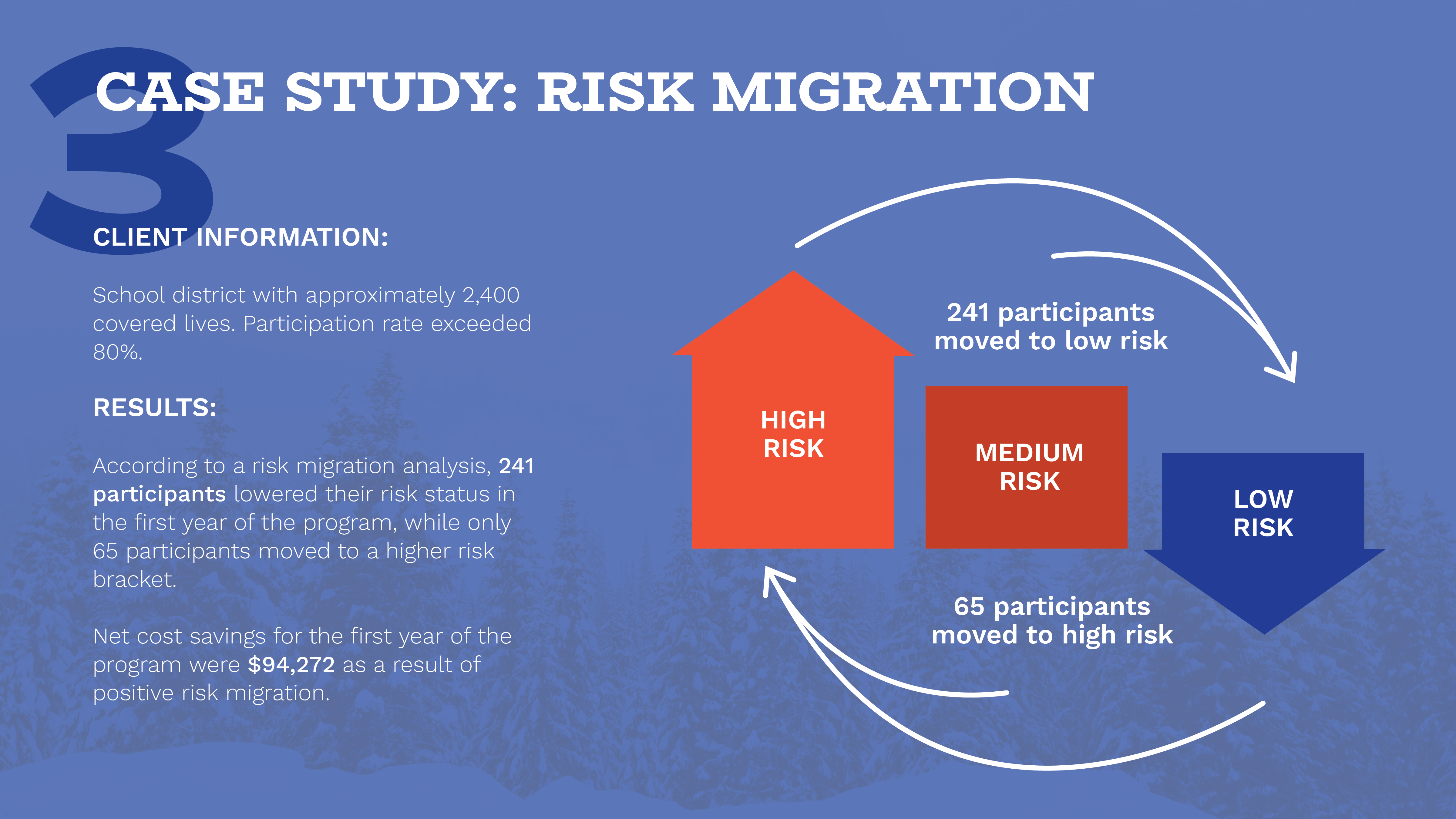This is the first installment in a series focused on measuring the value and proving the impact of worksite wellness programs. In future posts, we will dive deeper into engagement, Value on Investment and related topics. For this post, we will be discussing how to verify the financial gains from wellness investments.
First, let’s state the obvious. When it comes to wellness, measuring your financial return on investment is hard. It can be frustrating. Some say it is impossible. Regardless, the exercise is still worth the effort, and the headache that may ensue.
For years, industry experts and researchers have squared off on this topic, some defending the financial value of wellness initiatives, others fervently poking holes in their methodologies and offering credible counterpoint studies to suggest wellness doesn’t actually save money after all. In response to this debate, some employers have simply given up on ROI measurement. Many others have chosen to expand their evaluation to a more inclusive view of the benefits wellness can deliver, by measuring the Value on Investment. This means focusing not only on financial returns but also positive impacts on productivity, absenteeism, worker’s compensation, safety, recruitment and retention.
But for today, let’s stick to the hard cost savings involved with wellness efforts. Almost everyone will agree that, in theory, healthier employees cost less. In reality, it is increasingly difficult to find alignment on how to measure it.
So, can you measure wellness ROI? Should you even try?
Many organizations have been burned in the past by vendors who promised unrealistic returns or guaranteed results within unreasonable timeframes. Many organizations have been jaded by vendors who tortured the data until it told the story they wanted it to tell. In other cases, vendors unintentionally misled clients because they were using methodologies that were poorly designed and fatally flawed.
While there have been many "bad actors" and no universally accepted approach, the truth is this. You can measure ROI. At CHC Wellbeing, we use multiple methodologies, based on client preferences and available data. These include:
Claims Analysis:
In partnership with an employer and its broker, we access claims data to track the per employee annual spend for participants compared with nonparticipants.

Risk Reduction:
We measure the impact of wellness programming based on the reduction of 15 benchmark wellbeing risks that are directly tied to cost and productivity. These risks were verified by University of Michigan research (over 40 years and 4 million claims).

Risk Migration:
Using data analytics, we measure the average decrease in costs for participants moving down the metabolic risk ladder (e.g. high- to medium or low risk); compared with increased costs for participants moving up the ladder.

Again, none of these methodologies can perfectly measure the impact of wellness. But each can offer a sound and directional projection of wellness-related cost savings. And we also know there is a true cost of doing nothing – populations will naturally get sicker, and costlier, over time if left unsupported.
At CHC Wellbeing, we unequivocally believe there is an ROI for wellness. And while absolute numbers might be out of reach, you can confidently and accurately measure the directional effectiveness of wellness programming. And that is absolutely worth the effort.





